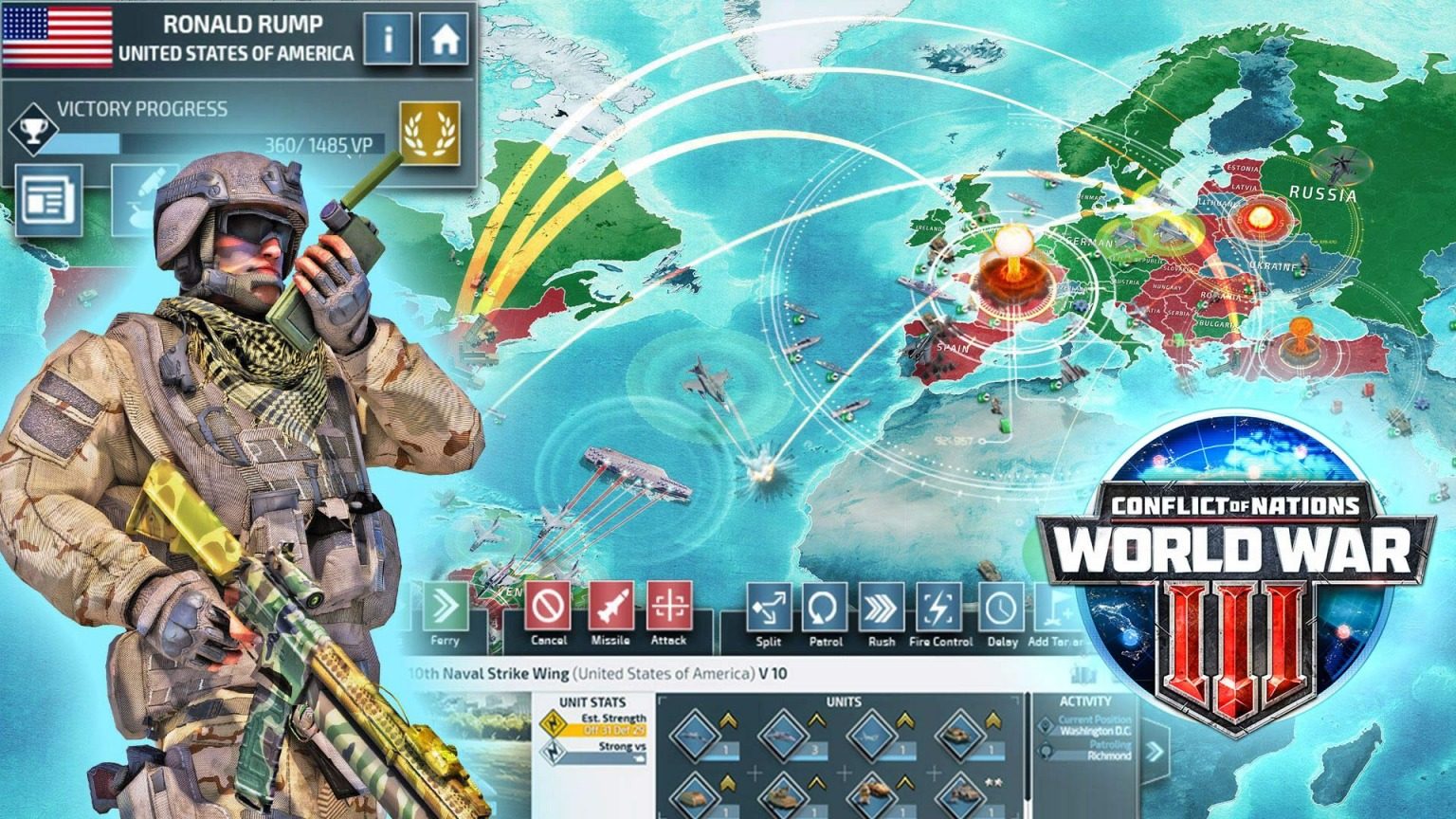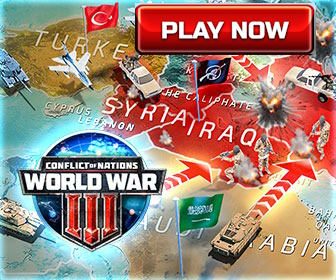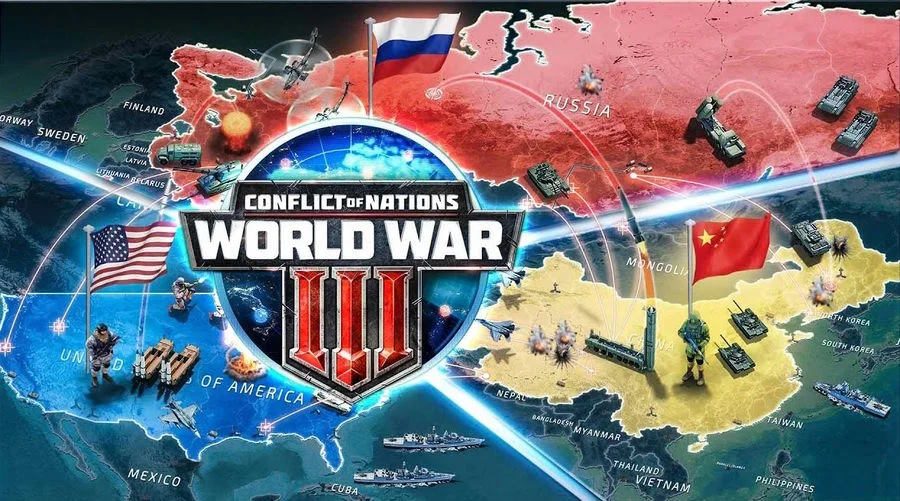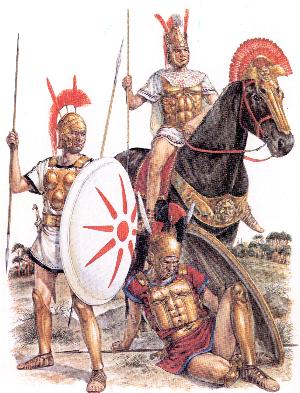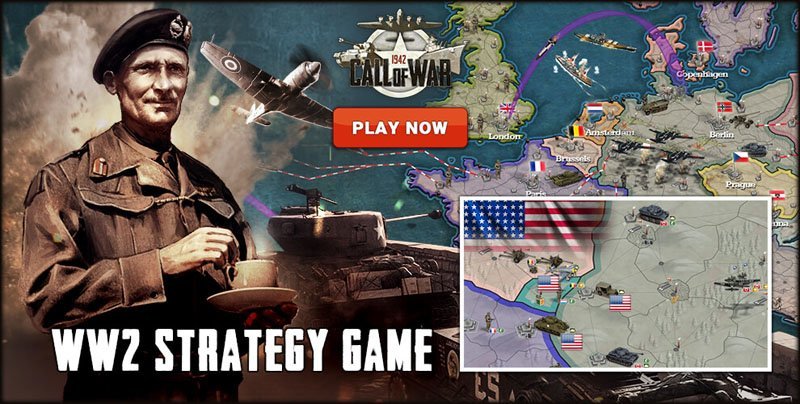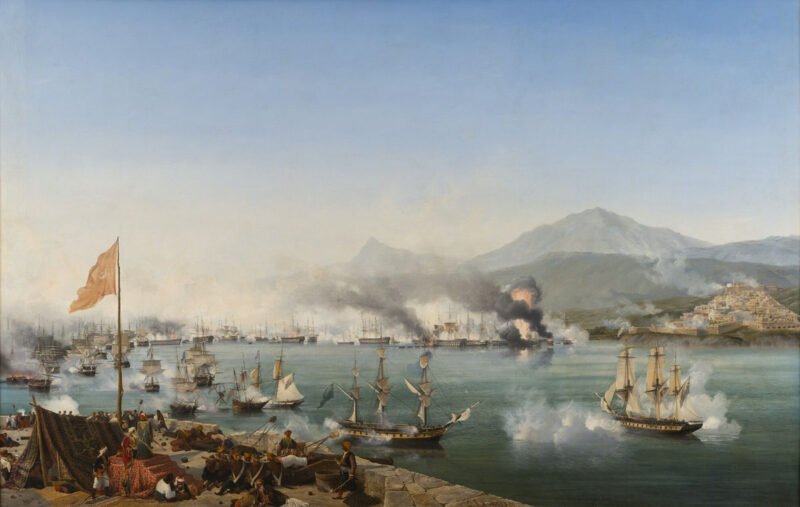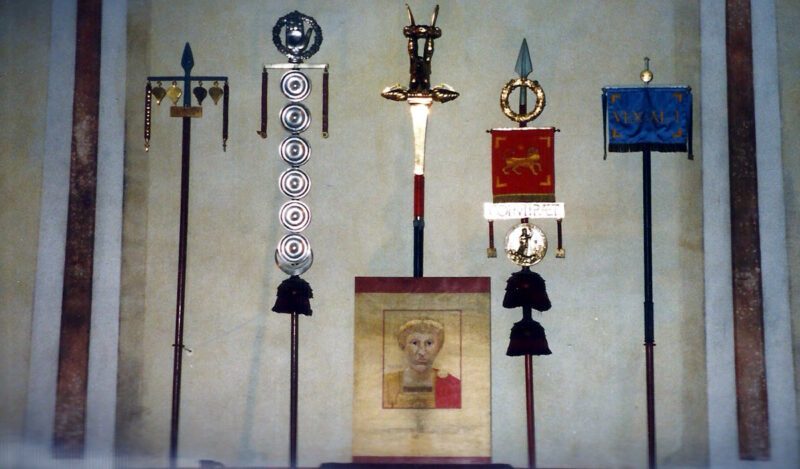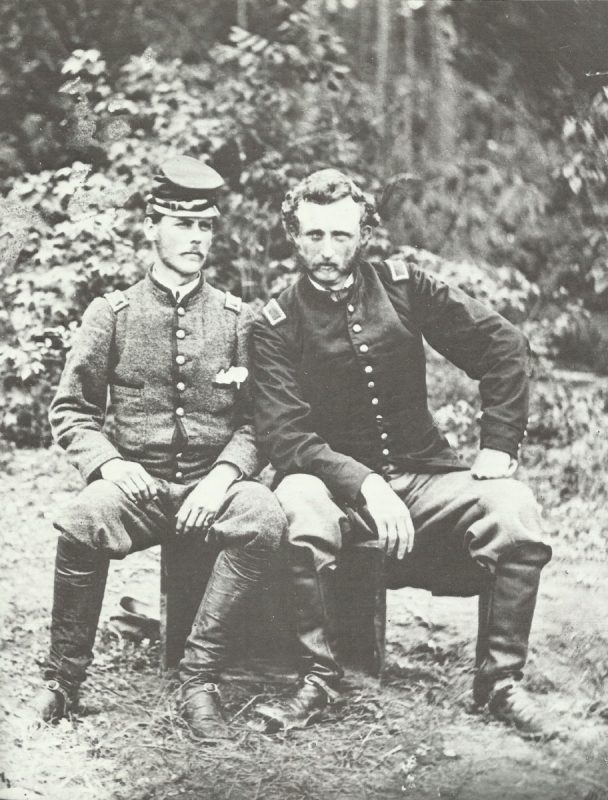Ancient Greek Armies from the Persian Wars to Alexander the Great and the Conquest by Rome: A Chronological Overview of Military Evolution.
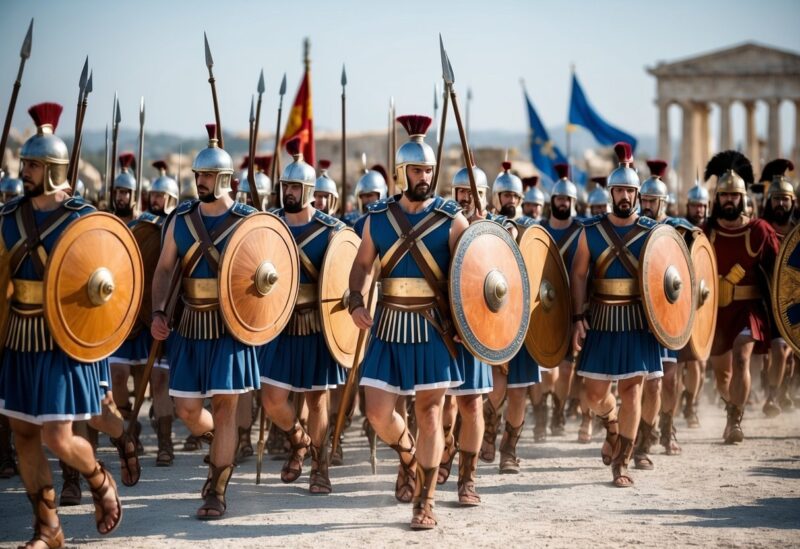
Ancient Greek Armies from the Persian Wars to Alexander the Great and the Conquest by Rome
Table of Contents
Ancient Greek armies shaped the ancient world. From the Persian Wars to Alexander’s conquests, Greek soldiers fought with skill and strategy. Their battle tactics and weapons evolved over time.
Greek armies became a formidable force that expanded across much of the known world. They beat back Persian invasions and later conquered the Persian Empire under Alexander the Great. Greek military power spread Hellenistic culture far and wide.
The Romans eventually conquered the Greek world. But they also adopted many Greek military ideas. Greek influence on warfare lasted long after Greece itself fell to Rome.
Formation and Structure of Ancient Greek Armies
Greek armies were organized around city-states and relied on heavily armed infantry as their main fighting force. Military innovations like the phalanx formation and specialized equipment gave Greek armies an edge in combat.
The Role of Greek City-States
Greek city-states each had their own armies. Citizens were expected to serve as soldiers when needed. Sparta focused solely on military training, while Athens balanced trade and warfare.
City-states sometimes formed alliances against common enemies. The Delian League united many Greek cities against Persia. But rivalries between city-states also led to wars among the Greeks.
Armies were made up of free male citizens. Slaves and foreigners usually did not fight. Army size depended on the city-state’s population and wealth.
Military Innovations and Tactics
The phalanx formation was a key Greek military innovation. Soldiers stood in tight rows, overlapping their shields. This created a strong defensive wall.
Hoplites were the main infantry soldiers. They fought in the phalanx formation. Hoplites came from middle and upper classes who could afford armor.
Greeks also used light infantry like archers and slingers. Cavalry played a smaller role than in other ancient armies. Ships were important for coastal cities and island states.
Armament and Armor
Hoplites had standardized equipment:
- Aspis: Large round shield
- Doru: Long thrusting spear
- Short sword
- Bronze helmet
- Bronze breastplate
- Greaves to protect legs
Armor was heavy but gave good protection. Shields were key for the phalanx formation. Spears allowed attacking from behind the shield wall.
Light troops used bows, slings, and javelins. They wore less armor to stay mobile. Cavalry had spears and swords but little armor.
Significant Conflicts
The ancient Greek world was shaped by several major conflicts. These wars transformed military tactics, shifted power dynamics, and expanded Greek influence across vast territories.
Greco-Persian Wars Overview
The Greco-Persian Wars lasted from 499 to 449 BCE. They pitted Greek city-states against the mighty Persian Empire.
The conflict began when Greek cities in Ionia rebelled against Persian rule. Athens sent aid, angering the Persians.
In 490 BCE, the Athenians defeated a Persian invasion at Marathon. A larger invasion came in 480 BCE under King Xerxes.
The famous Battle of Thermopylae saw 300 Spartans hold off the Persian army. Athens was burned, but the Greeks won a naval victory at Salamis.
In 479 BCE, Greek forces crushed the Persians at Plataea. This ended the threat of Persian conquest.
Peloponnesian War to Corinthian War
The Peloponnesian War (431-404 BCE) was fought between Athens and Sparta. It ended Athenian dominance and weakened Greece.
Athens and its allies faced Sparta and the Peloponnesian League. The war had three phases:
- Archidamian War (431-421 BCE)
- Sicilian Expedition (415-413 BCE)
- Decelean War (413-404 BCE)
Sparta won, but its harsh rule led to the Corinthian War (395-387 BCE). This conflict pitted Sparta against Thebes, Athens, Corinth, and Argos.
The war ended with the King’s Peace, which gave Persia control over Greek cities in Asia Minor.
Rise of Macedon and Confrontation with Persia
Philip II of Macedon united Greece through diplomacy and war. He defeated a Greek alliance at Chaeronea in 338 BCE.
Philip planned to invade Persia but was assassinated in 336 BCE. His son Alexander took the throne.
Alexander crushed a Greek revolt and invaded Persia in 334 BCE. He won major battles at:
- Granicus River (334 BCE)
- Issus (333 BCE)
- Gaugamela (331 BCE)
These victories broke Persian power and opened the way for Alexander’s conquest of the empire.
The Wars of Alexander the Great
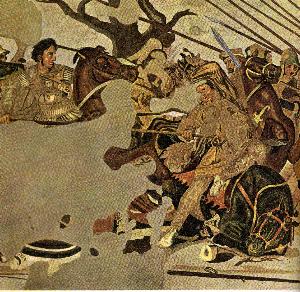
Alexander the Great led a decade-long campaign (334-324 BCE) that conquered the Persian Empire. He pushed east into India.
Key battles included:
- Siege of Tyre (332 BCE)
- Battle of Hydaspes (326 BCE)
Alexander’s army marched over 11,000 miles. He founded cities and spread Greek culture across his vast empire.
His premature death in 323 BCE led to wars among his generals. These conflicts split his empire into smaller kingdoms.
Influential Military Leaders and Generals
Greek armies had many great leaders who shaped military tactics and conquered vast territories. These generals used smart battle plans and new fighting methods to win wars.
Tactics and Battles of Generals
Greek generals used clever battle tactics to defeat larger armies. They placed soldiers in strong formations like the phalanx. This tight group of men with long spears was hard to break through.
Generals also picked good spots to fight. They used the land to their advantage. Hills, rivers, and narrow passes helped smaller Greek forces beat bigger enemies.
Some famous battles show these tactics. At Marathon in 490 BC, the Greeks tricked the Persians. They attacked from both sides at once. At Thermopylae in 480 BC, a small Greek force held off a huge Persian army in a narrow pass for days.
Philip II’s Military Reforms
Philip II of Macedon made big changes to the Greek army. He gave soldiers longer spears called sarissas. These helped keep enemies farther away in battle.
Philip trained his men to fight as one unit. He made them practice moves together. This let them react faster in battle. He also added more horsemen to his army.
Philip’s changes made the Macedonian army very strong. It could beat other Greek armies and even take on the mighty Persian Empire.
Alexander’s Strategies and Victory at Issus
Alexander the Great was Philip’s son. He used his father’s strong army to conquer a huge empire. Alexander was a brave leader who fought in the front lines with his men.
At the Battle of Issus in 333 BC, Alexander beat the Persian king Darius III. He used smart moves to win. First, he put his best troops on the right side. Then he led a charge straight at Darius.
This bold move scared Darius. The Persian king ran away. Without their leader, the Persian army fell apart. This big win let Alexander take over most of the Persian Empire.
Military Techniques and Strategies
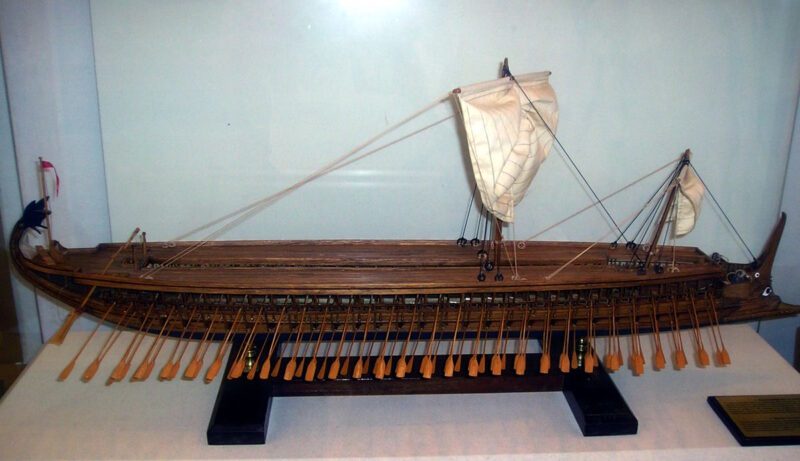
Greek armies used various methods to fight and win battles. They employed siege tactics, naval power, and combined different types of troops.
Siege Warfare and Naval Battles
Greeks used siege machines to attack cities. They built towers and ramps to climb walls. Catapults hurled rocks at enemy defenses.
Naval battles were key in Greek warfare. The trireme was the main warship. It had three rows of oars and a ram on the front. Greeks used these ships to block ports and attack coastal towns.
Battles at sea often involved ramming enemy ships or boarding them to fight hand-to-hand. The Battle of Salamis in 480 BCE showed how effective Greek naval tactics could be against larger fleets.
Logistics and Supply Lines
Greek armies needed food, water, and weapons on long campaigns. They used wagons and ships to move supplies. Some armies foraged for food in enemy lands.
Alexander the Great was skilled at managing supply lines. He set up supply bases and used local resources. This allowed his army to travel far from Greece.
Greeks also built roads to help move troops and supplies quickly. Good logistics let armies stay in the field longer and fight farther from home.
Role of Cavalry and Combined Arms
Cavalry became more important over time. Philip II of Macedon improved Greek cavalry tactics. His son Alexander used horsemen to great effect in his conquests.
The phalanx was the main Greek infantry formation. Soldiers stood close together with long spears called sarissas. This made a strong defense against enemy attacks.
Combined arms tactics mixed different troop types. Infantry, cavalry, and light troops worked together. This made Greek armies more flexible and effective in battle.
The Impact of Geography on Warfare
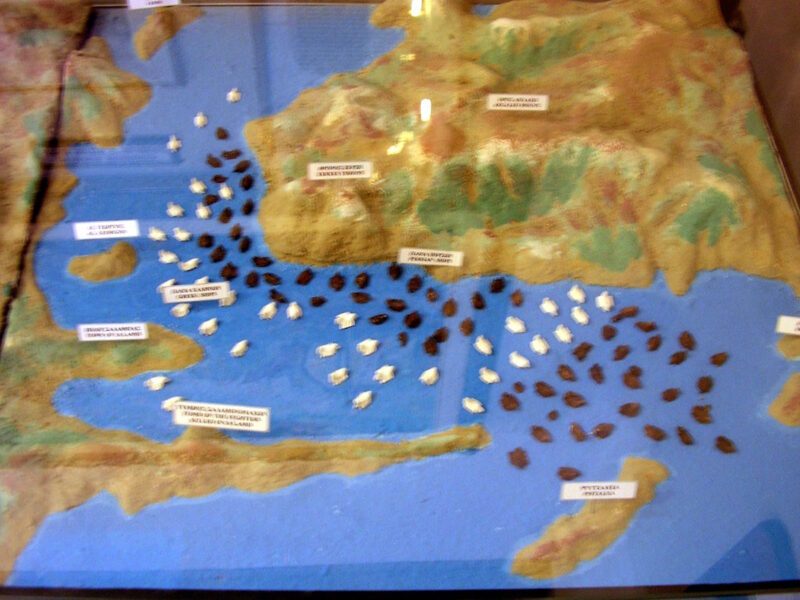
Greece’s varied terrain and scattered islands shaped military tactics and strategies. The rugged landscape and vast seas influenced how Greek armies fought and moved.
Mainland Greece and Its Challenges
Greece’s mountains and valleys made land travel difficult. Armies had to navigate narrow passes and steep hills. This terrain favored defensive tactics. Cities built walls on high ground for protection. Sparta and Athens used the land to their advantage. Sparta’s army excelled at fighting in tight mountain passes. Athens built Long Walls to connect the city to its port.
Thebes used the flatlands of Boeotia for cavalry. Alexander the Great learned to adapt to different terrains as he conquered new lands. He fought in mountains, deserts, and jungles.
The Importance of Naval Supremacy in the Aegean
Control of the seas was crucial in Greek warfare. Athens built a strong navy to protect its empire. The Battle of Salamis showed how naval power could change the course of war. The Athenians defeated the larger Persian fleet in the narrow strait.
The Hellespont was a key waterway. It connected the Aegean Sea to the Black Sea. Control of this strait was vital for trade and military movement. Naval supremacy allowed for quick troop transport and surprise attacks on coastal cities.
Socio-Political Aspects of Warfare
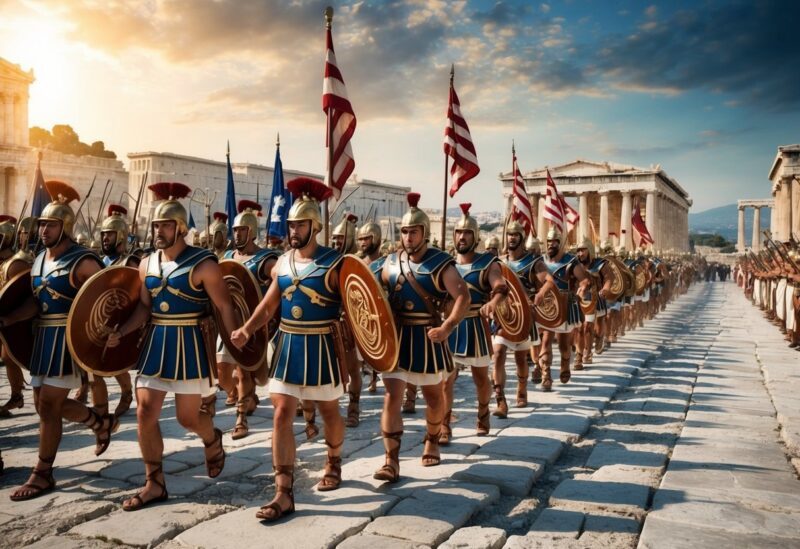
Warfare shaped Greek society and politics in many ways. It affected how city-states interacted, how they managed their economies, and how their cultures developed over time.
Roles and Expectations of City-States
Greek city-states had clear roles in times of war. Larger poleis like Athens and Sparta often led alliances. Smaller cities contributed troops or resources.
Each polis was expected to defend itself and its allies. They built walls, trained soldiers, and stored weapons. Some cities became known for special military skills.
City-states also made deals to avoid fighting each other. They signed treaties and formed leagues for protection. But these alliances could change quickly if a stronger enemy appeared.
Economic and Tribute Systems
War was expensive for Greek cities. They needed money for weapons, ships, and soldiers’ pay. To fund wars, cities collected taxes from citizens.
Rich people often paid more for war costs. Some gave money for warships or armor. Cities also used tribute from conquered lands to pay for armies.
Trade was important too. Cities fought to control key trade routes and ports. Winning battles could bring wealth through new trade deals or stolen goods.
Influence of Warfare on Greek Culture
War shaped Greek values and beliefs. Greeks saw bravery in battle as a top virtue. Stories of heroes inspired young men to fight.
Art and literature often showed war scenes. Plays and poems talked about famous battles. Public buildings had war trophies on display.
Laws of warfare guided how Greeks fought. These rules said how to treat prisoners and respect holy places. Breaking these laws was seen as dishonorable.
Greek gods were linked to war too. People prayed to gods like Ares and Athena for help in battle. Victories were seen as signs of divine favor.
Greek Warfare’s Legacy and Evolution
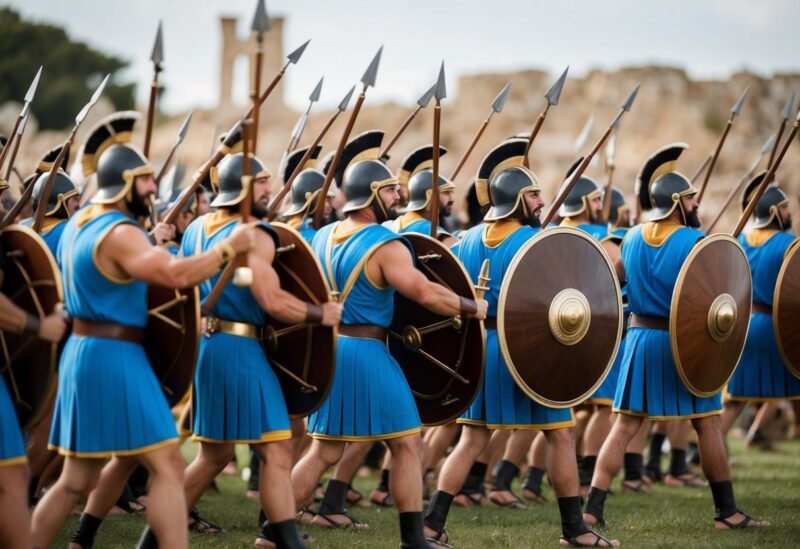
Greek warfare underwent major changes from the Persian Wars through Alexander’s conquests and Roman domination. Tactics and equipment evolved as Greek armies faced new challenges and enemies.
From Hoplite Phalanx to Macedonian Innovations
The hoplite phalanx was the backbone of Greek armies for centuries. Soldiers fought in tight formation with large round shields and long spears. This tactic was effective but inflexible.
Philip II of Macedon made key changes. He gave troops longer spears called sarissas and smaller shields. This allowed for a denser, more mobile phalanx. Philip also expanded the use of cavalry and light infantry.
Alexander the Great built on his father’s innovations. He used combined arms tactics, coordinating heavy infantry, cavalry, and skirmishers. This made his army very adaptable.
The Hellenistic Period and Beyond
After Alexander’s death, his generals fought over his empire. Their armies kept using Macedonian-style tactics and equipment. The Hellenistic period saw huge battles with tens of thousands of troops.
New siege weapons like torsion catapults became common. Naval warfare grew more important as kingdoms fought for control of the seas. Mercenaries played a bigger role in many armies.
Greek military knowledge spread across the Mediterranean and Middle East. Even Rome adopted some Greek tactics and equipment early on.
Consequences of Conquest and Roman Domination
Greek conquests spread Hellenic culture across a vast area. This process, called Hellenization, changed warfare in many regions. Local troops adopted Greek-style arms and tactics.
As Rome rose to power, it fought and defeated the Hellenistic kingdoms. The Romans respected Greek military skills. They took ideas from the Greeks but adapted them.
Roman armies became very different from Greek ones. They relied more on heavy infantry fighting in flexible small units. The legion replaced the phalanx as the dominant formation in the Mediterranean.
The Hellenistic kingdoms
Armies of the Seleucids, Egypt, Bactria, Perganum, Macedonia, Bithynia, Pontus, Ligures, Aetolia and Achae at the time of the Punic Wars.
These Greek and Diadochi empires included the Seleucids, Egypt, Bactria, Perganum, Macedonia, Bithynia, Pontus, Ligures, Aetolia and Achea.
The armies of the Greek states, Diadochi kingdoms and the numerous Greek mercenary troops were equipped in the late Greek style and fought in the traditional phalanx.
They were armed with a long pike or spears and short swords. Their protection consisted of a round shield, bronze helmets and a cuirass.
At the time of the Second Punic War, the traditional, rigid and immobile 16-limbed phalanx was modified by a somewhat more mobile formation. Each phalanx was divided into 16 units of 256 men each, resulting in 16 ranks of 16 men. In total, a phalanx thus consisted of around 4096 men.
Frequently Asked Questions
Ancient Greek warfare evolved significantly from the Persian Wars through Alexander’s conquests. Key developments included new tactics, weapons, and military structures. These changes shaped the Greek world and its expansion.
What tactics did the Ancient Greeks use during the Persian Wars?
The Greeks used the phalanx formation in the Persian Wars. This tight group of soldiers with long spears and shields was very strong on defense. They also used the terrain to their advantage.
Greek armies often chose narrow passes to fight in. This limited the size of the Persian forces that could attack at once. The Greeks used these tactics at the Battle of Marathon and Thermopylae.
How did the Battle of Thermopylae impact subsequent Greek military strategy?
The Battle of Thermopylae showed the power of a small force in a strong position. It proved that Greek hoplites could stand up to much larger Persian armies. This gave the Greeks confidence in future battles.
After Thermopylae, the Greeks focused more on using terrain and defensive positions. They looked for ways to neutralize the Persians’ numbers advantage. This thinking shaped Greek strategy for years to come.
What role did the phalanx play in the successes of Alexander the Great’s conquests?
Alexander used an improved version of the phalanx called the Macedonian phalanx. It had longer spears and was more mobile than earlier Greek phalanxes. This formation was the core of Alexander’s army.
The Macedonian phalanx could break through enemy lines. It worked well with Alexander’s cavalry attacks. This combo of phalanx and cavalry was key to many of Alexander’s victories.
How was Alexander the Great able to establish such a vast empire?
Alexander’s military genius was a big factor. He used new tactics and weapons very well. His army was well-trained and loyal. Alexander was also a brave leader who fought alongside his men.
Alexander took over his father’s strong kingdom and army. He used these resources to start his conquests. His quick victories gave him more wealth and troops to keep expanding his empire.
How did the structure of the Ancient Greek military evolve from the Persian Wars to the age of Alexander the Great?
Greek armies became more professional over time. Early Greek armies were mostly citizen-soldiers. By Alexander’s time, there were more full-time soldiers and mercenaries.
The equipment changed too. Armor got lighter, and spears got longer. Cavalry became more important. Armies added more specialist troops like archers and slingers.
What factors contributed to the decline and fall of the Macedonian Empire after Alexander the Great?
Alexander died without a clear heir. This led to fights among his generals. They split up the empire into smaller kingdoms. These kingdoms often fought each other.
The Macedonian Empire was also very large and diverse. It was hard to control all the different peoples and cultures. Over time, local rebellions and new powers like Rome chipped away at the empire.
References and literature
Der große Bildatlas zur Weltgeschichte (Christian Zentner)
dtv-Atlas Weltgeschichte (Band 1 – Von den Anfängen bis zur Französischen Revolution)
Armies of the Carthaginian Wars 265-146 BC (Terence Wise)


